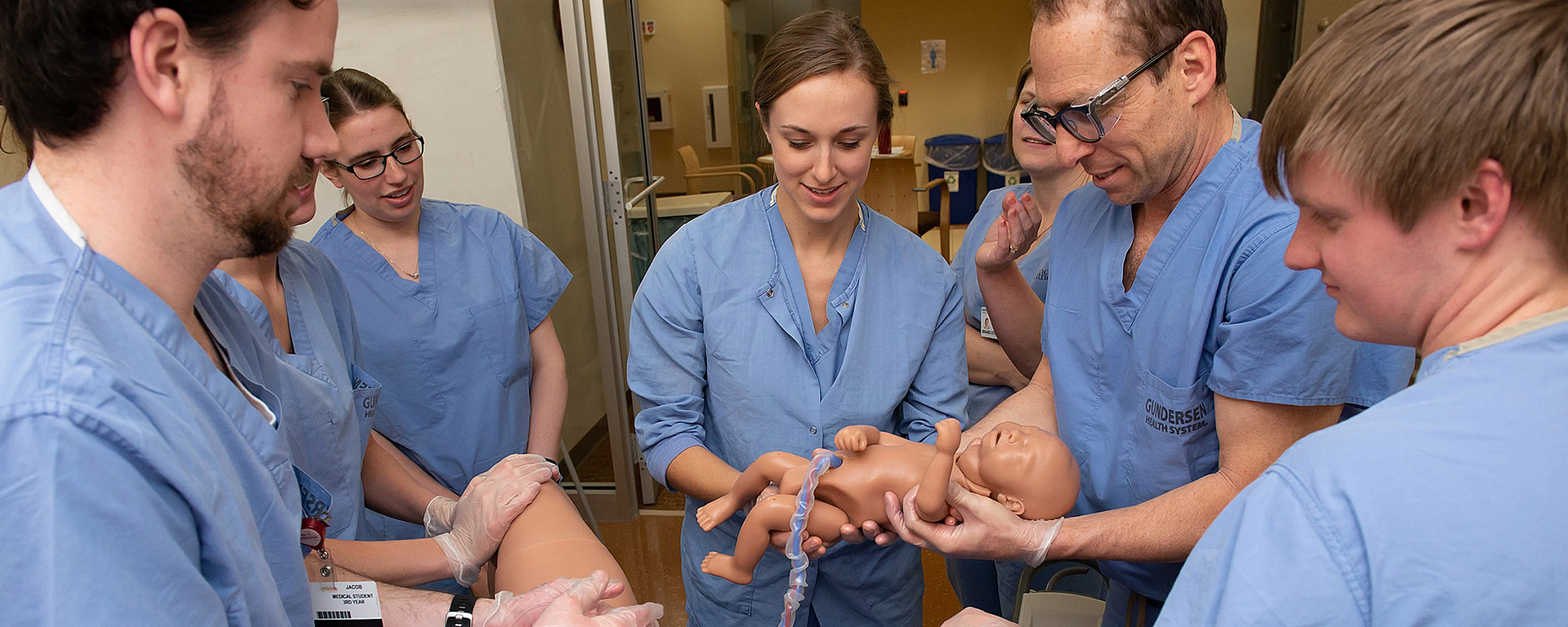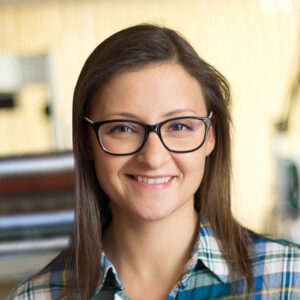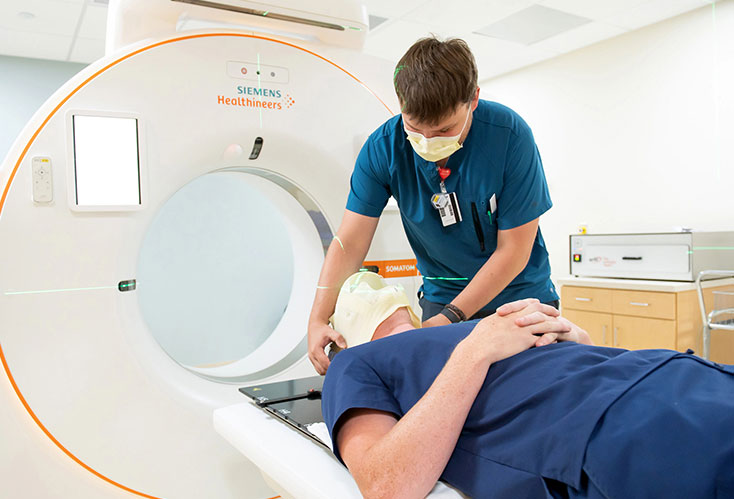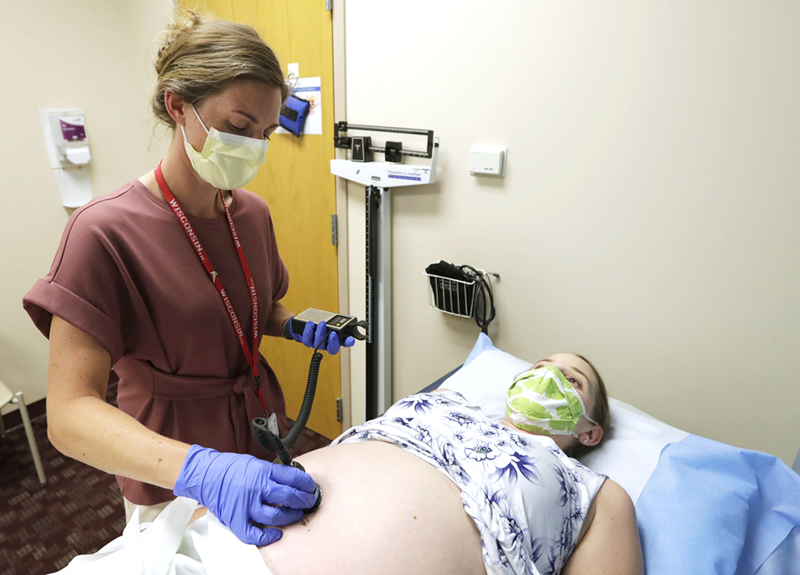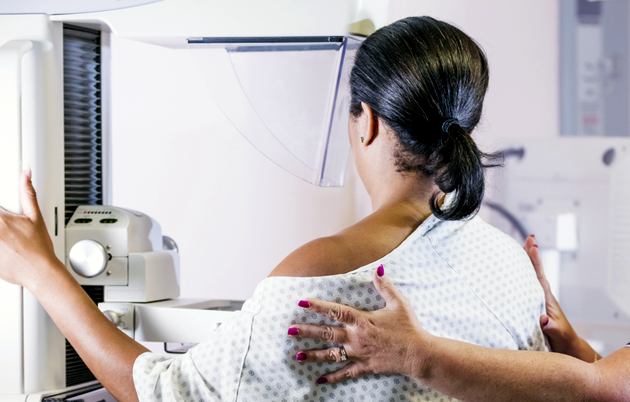Clark-Forsting recalled being on the front lines during her medical school rural rotations.
“During my OB rotation, I delivered 8 babies. During general surgery, we were the first assist, instead of being fourth or fifth in line. That made a huge impact on whether or not I would be ready for rural practice,” she said.
Prior to WARM, which was launched in 2007, only 5% of UW’s medical students chose to practice in rural areas. That figure has changed dramatically since the program launched; now, 49% of WARM graduates are serving rural Wisconsin, and 32% have returned to their hometowns.
To help meet the projected increase in need for rural physicians over the next decade, WARM is partnering with groups like Wisconsin Area Health Education Centers and the Native American Center for Health Professions to encourage more rural high school and college students to consider a career in medicine.
“There are lots of kids in rural Wisconsin who would be awesome health care providers, but they don’t know that’s even possible,” said Holt. “If we make sure their interest is supported, we increase their chances of success. You can hit a lot of bumps in the road and still become a doctor.”
Clark-Forsting, who graduated from WARM in 2012, is now president of the Krohn Clinic, the thriving primary care clinic where she has practiced since completing her residency in 2015. Black River Falls Memorial Hospital, where she worked in high school, is right across the street. The clinic welcomes medical students each year for training, and Clark-Forsting enjoys interacting with learners and demonstrating what rural practice is really like.
“These are my people,” she said. “I grew up here. It continues to be my dream to serve my neighbors and friends.”
Rural training for medical students is one part of the solution to statewide shortages. Another is rural training for residents. Most residencies — the postgraduate clinical training programs that newly-graduated MD and DO physicians must complete as they pursue board certification in their specialty — are in urban areas, and doctors tend to stay near where they trained.
